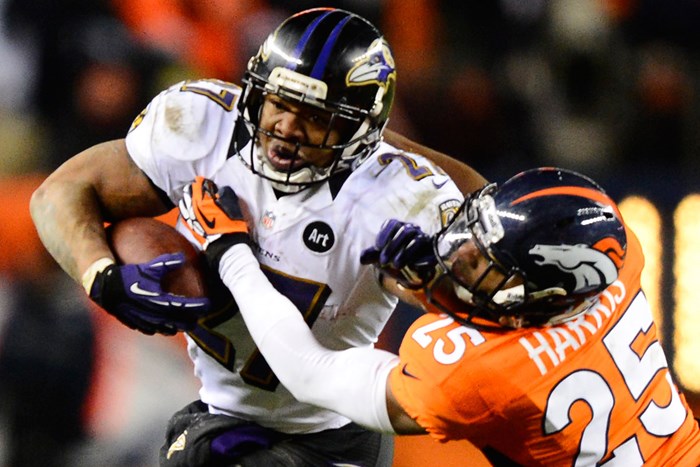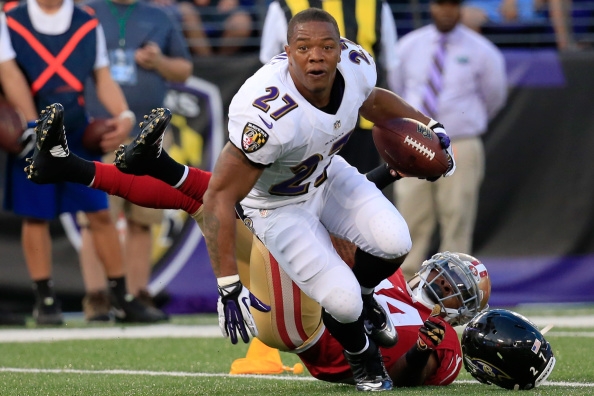Health News – Nobody saw the warning signs before pro wrestler Chris Benoit strangled his wife and smothered his son, before he placed Bibles next to the bodies and hanged himself from a weight machine.
 Benoit was known as “mild-mannered” to WWE officials. After the terrible murder-suicide in 2007, some questioned whether steroids or “roid rage” might have been to blame.
Benoit was known as “mild-mannered” to WWE officials. After the terrible murder-suicide in 2007, some questioned whether steroids or “roid rage” might have been to blame.
But Dr. Julien Bailes diagnosed another problem after looking at his brain: chronic traumatic encephalopathy or CTE — a degenerative disease that is linked to repeated jolts to the brain.
With Ray Rice, Adrian Peterson and a growing number of NFL players involved in domestic abuse grabbing headlines, it’s no wonder that some are starting to ask about a possible concussion connection.
Indeed, studies of severe traumatic brain injuries suggest that aggressive behavior might result after repeated concussions.
“Aggression is one of the most common aspects of severe TBI [traumatic brain injury],” said Dr. Douglas Smith, a professor of neurosurgery and director of the Center for Brain Injury and Repair at the University of Pennsylvania. “Generally aggression is thought to be linked to damage to the frontal lobes, which are responsible for executive function. The frontal lobes control things like restraint. Patients are disinhibited and can’t modulate their behavior in general, and that includes aggressive behavior.”
But brain injury experts say there is no clear cut link between brain injuries and violence.
“It’s a very interesting question,” said Dr. Bailes, chairman of the department of neurosurgery at the North Shore University Health System and co-director of the NorthShore Neurological Institute. “If we’re talking about domestic violence and homicide—that has not been typical of CTE.”
Bailes has autopsied a number of athletes who were suspected of having CTE and says he can think of only two of those, Benoit and a retired NFL player named Justin Strzelczyk, who seemed to have become violent after a history of concussions. Strzelczyk died in a fiery wreck after a high speed police chase and also was found to have CTE.
Bailes, who had been a Steelers team physician when Strzelczyk was on the team, said that the player had undergone a major change in his personality after retirement.
More typical symptoms of CTE include difficulties maintaining relationships, both personal and business, Bailes said, adding that often players with advanced disease spiral into depression and substance abuse and sometimes end up taking their own lives.
But scientists have determined that repeated jolts to the brain can put you in the same place as one big blow to the head, Smith said. Add to that the fact that the frontal lobes are the area of the brain most likely to be damaged in sports like football and you might have a heightened risk of players acting on aggressive impulses.
It’s not that repeated blows to the head make a person violent, said David Hovda, a professor of neurosurgery and director of the Brain Injury Research Center at the University of California, Los Angeles. They just might make you less inhibited.
Their effect is probably comparable to the impact of heavy drinking, he said.
“Kind of like when you’re intoxicated, where you take away inhibition and then all of a sudden if you have an underlying violent or aggressive personality it’s more likely to surface,” Hovda said. “I’ve always said that concussions, or mild traumatic brain injuries, don’t just happen to one person, they happen to the entire family.”
Still, Smith said, although there seems to be high interest right now with all these sensational stories, there hasn’t been enough of a connection between concussion history and aggressive behavior to prompt researchers to actually study the possible link.
Another way to look at it, Hovda said, is to think about the general population.
“If concussions caused violent behavior you’d expect to see millions of people shooting each other,” he said.
BY LINDA CARROLL, NBCNews.com

